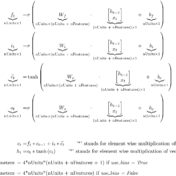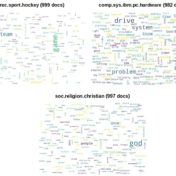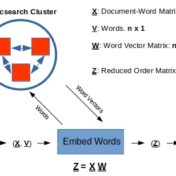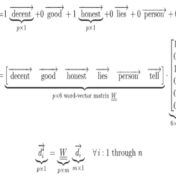BoW to BERT
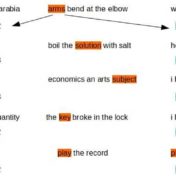
Word vectors have evolved over the years to know the difference between “record the play” vs “play the record”. They have evolved from a one-hot world where every word was orthogonal to every other word, to a place where word vectors morph to suit the context. Slapping a BoW on word vectors is the usual way to build a document vector for tasks such as classification. But BERT does not need a BoW as the vector shooting out of the top [CLS] token is already primed for the specific classification objective

